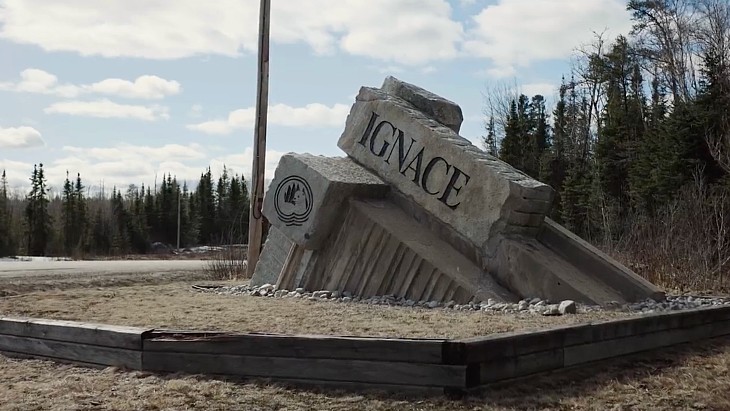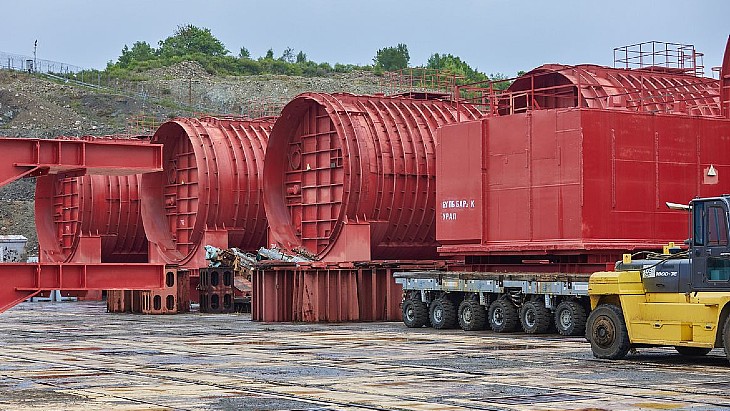Dounreay completes first phase of breeder shipments
 Some 11 tonnes of "breeder" material that had been in storage at the Dounreay site in Scotland has now been transported to the Sellafield site in northern England. A further 33 tonnes of breeder material remains within the Dounreay Fast Reactor and will be transported to Sellafield later.
Some 11 tonnes of "breeder" material that had been in storage at the Dounreay site in Scotland has now been transported to the Sellafield site in northern England. A further 33 tonnes of breeder material remains within the Dounreay Fast Reactor and will be transported to Sellafield later.Some 11 tonnes of "breeder" material that had been in storage at the Dounreay site in Scotland has now been transported to the Sellafield site in northern England. A further 33 tonnes of breeder material remains within the Dounreay Fast Reactor and will be transported to Sellafield later.
.jpg) |
| A container holding breeder material begins its journey to Sellafield (Image: DSRL) |
The breeder material consists of rods of natural uranium that had been placed around the core of the Dounreay Fast Reactor (DFR) to produce plutonium. The DFR - the UK's experimental breeder design - operated between 1959 and 1977. Some of the material was sent to Sellafield for reprocessing while the reactor was in operation, but 44 tonnes remained at Dounreay after it shut down.
In 2011 the UK government decided to remove the breeder material from the Dounreay as part of the site's clean-up. The first of 32 shipments left the site by road and rail in December 2012.
Dounreay Site Restoration Limited (DSRL) has now announced that the 32nd and final shipment of 11 tonnes of breeder material that had been removed from the DFR following its closure and stored at Dounreay has arrived at Sellafield for reprocessing.
A further 33 tonnes of breeder material remains within the DFR and is scheduled to be sent to Sellafield in a second phase of transports. Purpose-built retrieval equipment has been installed above the reactor and is currently undergoing testing, DSRL said. Transfer of the remaining breeder material to Sellafield is expected to be completed around the end of 2017 and will involve a further 60 or so transports.
Alex Potts, deputy director of fuels at Dounreay, said the completion of the first phase of transports "significantly reduces the amount of radioactive material at Dounreay and takes us another step closer towards the closure of the site."
Dounreay's experimental fast breeder reactor, housed inside a steel sphere, led British nuclear R&D during the 1950s and 60s. It became the world's first fast reactor to provide electricity to a national grid in 1962. Its 14 MWe output was enough to power a small town like Thurso, with a population of about 9000.
Researched and written
by World Nuclear News
_17992.jpg)
_75800.jpg)







_88592.jpg)
_66488.jpg)

